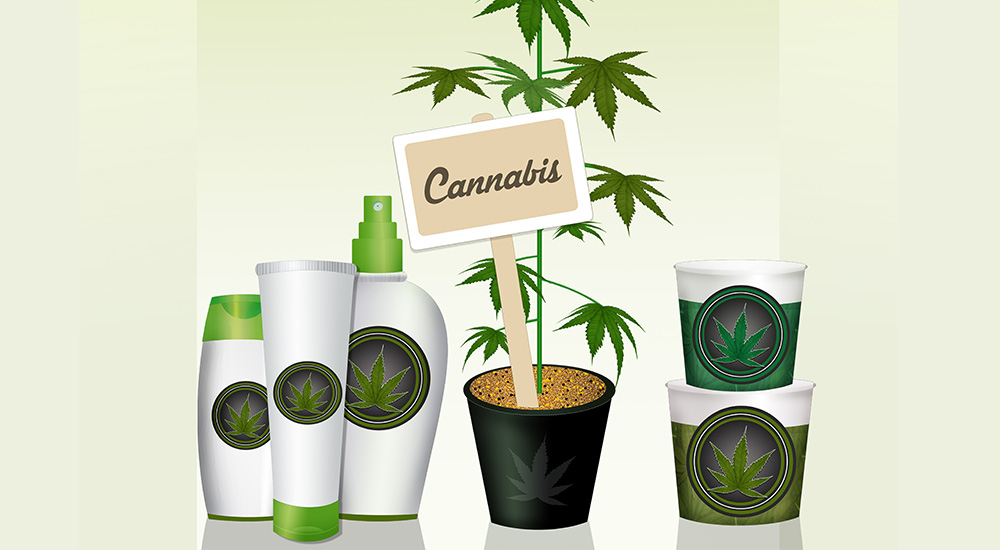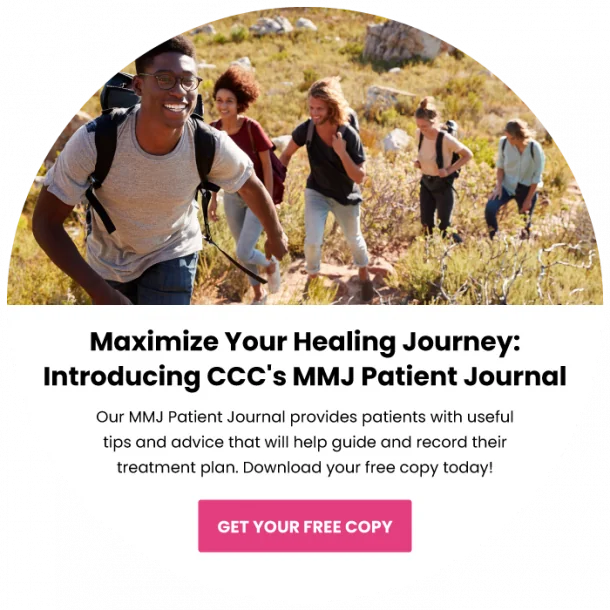Today, medical marijuana is gradually being used to treat a growing list of medical conditions.
Once considered an illicit drug, medical cannabis is now legal in 36 states in America and around 3.6 million people in the country use medical cannabis legally.
Despite this, there are still certain questions about the viability of medical marijuana as an alternative to prescription drugs. Recent studies, however, may have provided an answer to this; it’s now believed that medical marijuana may be just as effective in treating certain medical conditions as most traditional drugs.
What’s more is that compared to most prescription medications like opioids, medical cannabis—specifically cannabidiol (CBD)—may also pose fewer, less significant side effects and may be a healthier alternative to treating various physical and psychological medical conditions, such as chronic pain, depression, and anxiety, without the risk of addiction.
Medical cannabis is also a very versatile substance and can be used in many different forms. In this post, we look at some of the most common ways it’s used for therapeutic and curative benefits today.
Vapor
The most traditional method of ingesting medical cannabis is through inhalation. Patients may smoke marijuana through a pipe or by rolling it up on paper, in which case, it’s used in the form of dried leaves and flowers of the cannabis plant.
As an alternative to smoking marijuana, patients can try using a commercial vaporizer instead. These are specially designed to produce vapor from cannabis products like oils and extracts without burning them.
Vapor, however, may pose certain risks and you will need to be mindful of how much you’re inhaling.
CBD Capsules
Medical cannabis is also available in the form of CBD capsules.
This is one of the two major components of medical cannabis along with tetrahydrocannabinol (THC), although CBD is the non-psychoactive component of cannabis. In recent times, it has been recognized for its ability to administer certain medical benefits without producing a “high” or a sense of euphoria.
These capsules can be consumed orally according to the recommended dosage on the bottle or according to a physician’s recommendations, and are an alternative for people who want to control their dosage and aren’t inclined to smoke.
Tinctures
Medical cannabis tinctures are alcohol-based extracts from the cannabis plant. These are greenish liquids that can be used by placing a few drops on or under the tongue
Although tinctures can be regarded as an edible form of medical cannabis, they are very potent and patients may feel their effects within seconds of consumption, unlike with most edible forms of cannabis where the effect takes time.
Certain individuals may even spray the tinctures onto their food for a more delayed release.
Like capsules, the dosage is easy to control. It should be noted, however, that alcohol-based tinctures may leave a burning sensation on the tongue when used.
Patches
Patches contain cannabinoids that enter the bloodstream when they’re placed in veinous parts of the body. These are generally more long-lasting and may help patients experience the benefits of medical cannabis for a longer period of time compared to other forms.
It’s also relatively easier to stop its effects by removing the patch.
Topical Creams and Ointments
Topical treatments are another practical alternative to the traditional way of ingesting medical cannabis. These creams and lotions generally contain various percentages of CBD and are more commonly used to treat localized pain and inflammation.
It’s important to remember, here, that different solutions may have different effects; if CBD ointments or creams are recommended to treat certain conditions, it’s best to consult a doctor before incorporating it into a medical regimen.
Find the best form of medical marijuana for you
Given the many different forms of medical cannabis available today, it can be complicated to figure out which option is best for you and the condition you’re trying to treat.
If you have any questions or would like to begin a medical marijuana treatment plan, speak to a doctor or a licensed CBD consultant to get started.


